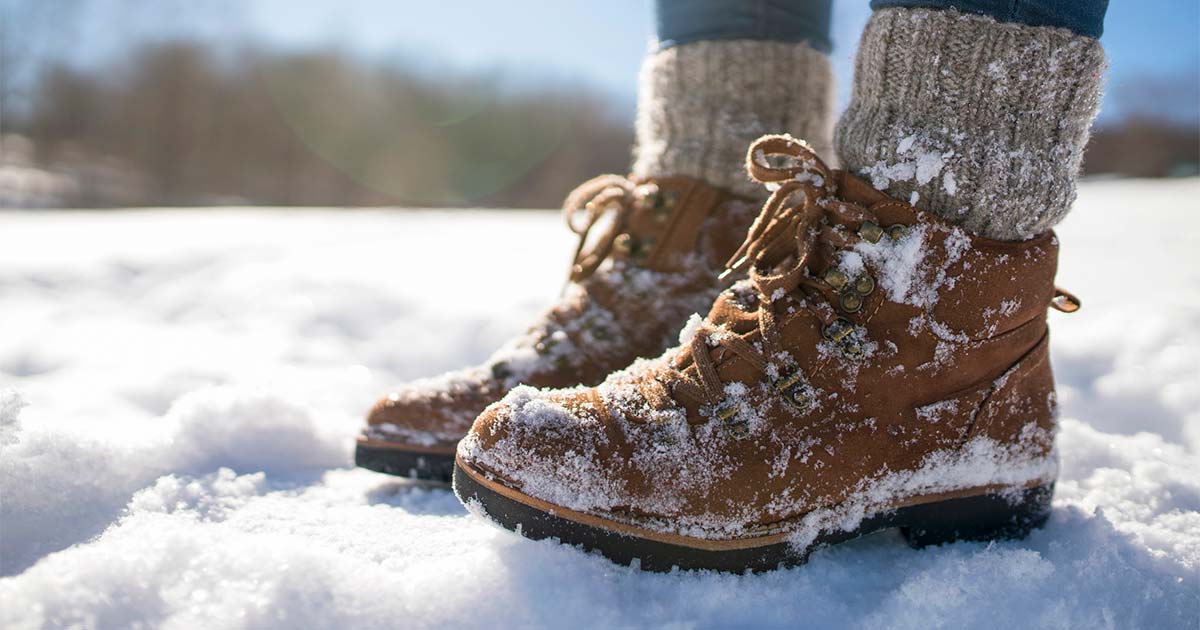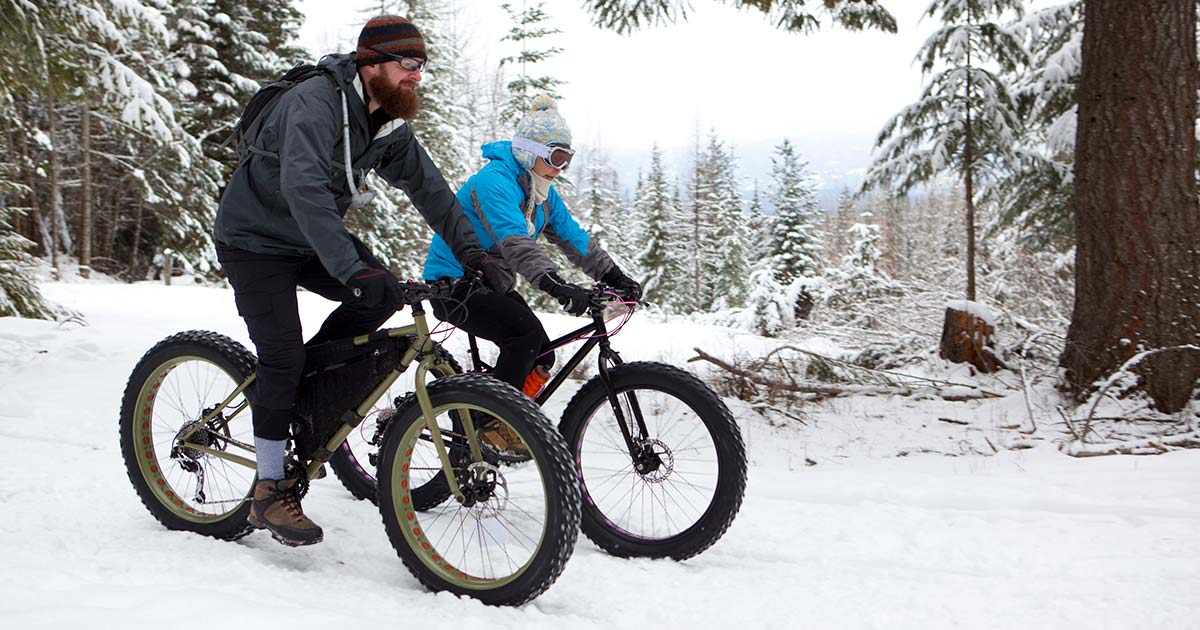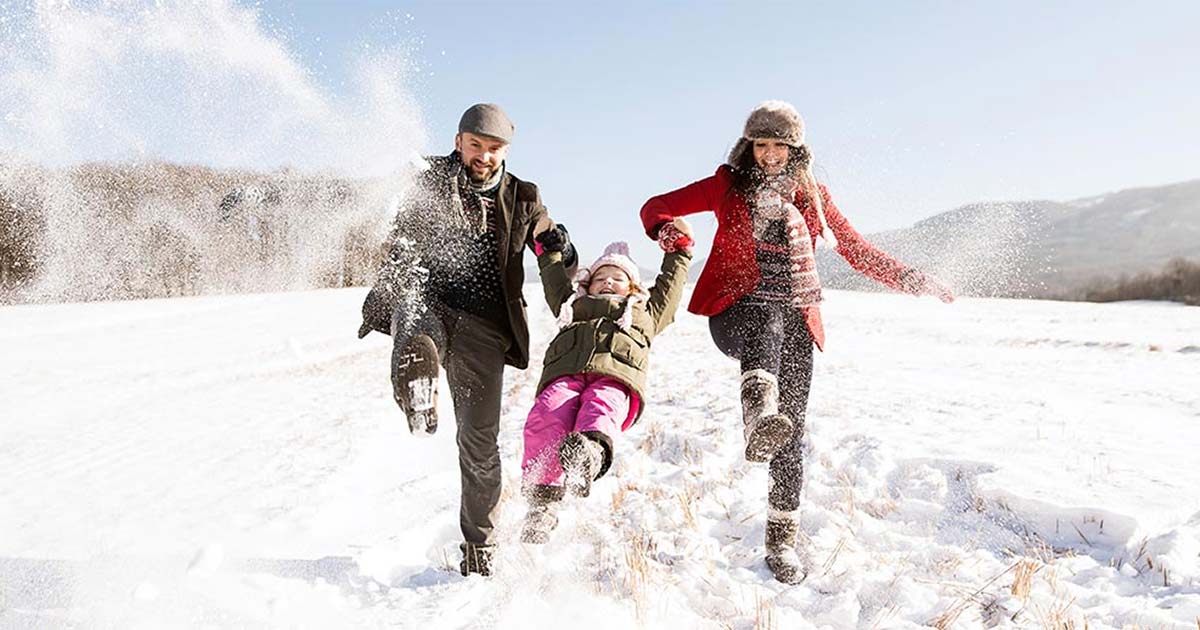
Advice to improve your movement, fitness, and overall health from the #1 in orthopedics in the U.S.
How to Find the Best Winter Sport for You
Winter is the perfect time to shake up your usual fitness routine. HSS exercise physiologist Aaron Karp offers ways to complement your favorite summer activity in the off season.
Advice to improve your movement, fitness, and overall health from the #1 in orthopedics in the U.S.

“Winter is a great time for people who are really active in the warmer months to find new workouts that complement their summertime activities,” says Aaron Karp, MS, ATC, CSCS, an exercise physiologist with the Tisch Sports Performance Center at HSS. “For people who run six to eight months a year, for example, but do nothing else, winter is a good time for weight lifting, lower body conditioning, core strengthening and building stability.”
If you’re looking for ways to complement your warm-weather activities during the winter months, try these suggestions from Karp.
Summer sport: Swimming
Winter alternative: Cross-country skiing
Complementary activity: Shoulder workouts
While indoor pools mean you can swim year-round, you may not have easy access to one. Although few activities match swimming for full-body muscle activation, cross-country skiing is a very effective cardio workout that engages your entire body. Shoulder workouts including exercises such as shoulder presses, pull-ups and arm raises can also help improve your swimming speed and endurance. “For people who swim outside nine months out of the year, winter is a great time to work on shoulder stability,” Karp says. “You’ll be a better swimmer when you come back next season.”
Summer sport: Running
Winter alternative: Hiking or snowshoeing
Complementary activity: Lower-body strength training
Sure, you can run in relatively warm winter weather or on a treadmill. But consider taking a break from running altogether in the off season. “With running, there’s so much impact on your body,” Karp says. “You need to take time off. If you’re running 70 miles a week, 52 weeks a year, you’re going to get hurt.”
If you’re looking for an outdoor activity to get your heart rate up, try hiking or snowshoeing. “Snowshoeing is resistance training,” Karp says. “You’re trekking through the snow, and the shoes help dissipate your weight.”
It’s also a good time to work on single-leg strength, hip and glute strength and exercises that apply tension to the muscle as it lengthens, such as planks, push-ups and squats. Aim for two to three strength training sessions per week, spacing them out with at least one day in between to ensure proper muscle recovery.
Summer sport: Endurance events or boot camp classes
Winter alternative: Fitness apps
Complementary activity: Cross-training
Whether you like specific workouts like circuit or HIIT classes or just enjoy group exercise experiences, you can find what suits you online. “Many fitness businesses that offer boot camps also have virtual options,” Karp says. “Many are really effective and require minimal-to-no equipment. If you’re doing recorded versions of workouts, you may miss out on the comradery you’re used to with an in-person class, but just remind yourself that you’ll be back outside with your friends soon.”
As for a specific recommendation, Karp suggests Peloton. “They’re known for their bikes, but they have a robust library of strength workouts. You can search for the type of workout you want, such as ‘20 minutes,’ ‘resistance bands’ or ‘no weights,’ and it’ll populate a workout for you.”
You can also continue to keep in Spartan shape with cross-training. “Think about the skills you need for these kinds of endurance races--pulling yourself up on ropes and climbing, for example,” Karp says. “Set yourself up for intervals with a five-minute treadmill run followed by five minutes of upper-body training to get a similar effect.”
Summer sport: Field sports such as soccer, lacrosse or field hockey
Winter alternative: Ice skating or ice hockey
Complementary activity: Strength training or skills practice
Of course, you could do winter versions of soccer — like ice soccer or futsal— but not even professional athletes play their sports 365 days a year. “For field sports players — those who play soccer or lacrosse, for instance — winter is a time to do strength training and power development and to work on your skills outside of the regular season,” Karp says.
You can also hit the ice, on skates. “My friends who are hockey players and figure skaters are so excited when the lakes freeze over,” Karp says. “They get the freedom of skating on a lake rather than being confined to a smaller space.”
For a less skate-y activity, try mountaineering — a group activity that includes trekking, climbing, and scrambling.
Summer sport: Cycling
Winter alternative: “Fat” biking
Complementary activity: Rowing
If the thrill of hitting the road or trail is just too tempting, there’s an alternative to slipping and sliding on icy patches. “Fat biking is a great way to continue to bike in the winter,” Karp says. Fat bikes’ tires are typically at least 3.8” wide and made with traction similar to a car’s snow tires. Fat bikes are made to be ridden in snow, downhill, and across varying types of terrain. “It’s very different from road cycling, as it’s closer to gravel or mountain biking. It’s a great sport,” he adds.
But as with running, cycling year-round can lead to injury. During winter, try to limit your on-bike time — indoors or outdoors — and focus on working on muscle groups and skills that you’re neglecting most of the year. Karp recommends rowing as it’s low-impact cardio as well as total-body conditioning.
If you’ve already mastered taking your summertime routine outdoors in the cold, be sure to take extra precautions to adjust for the weather and conditions, says Karp. Those steps include:
- Grabbing the right gear.
“Clothing and gear are the big challenges for winter sports,” Karp says. “If you’re going hiking, for instance, find out what the terrain is going to be, and whether you need regular boots, snowshoes or crampons. You don’t want to go out in snowshoes and find out the trail is covered in ice.”
- Dressing appropriately.
“It’s all about layering,” Karp says. “Your innermost layer should be something that is moisture-wicking, not cotton. The outermost layer should be insulating and waterproof. Take off a layer as soon you start sweating. If you’re already sweating a ton and then you take off a layer, you’re going to get cold.”
- Staying hydrated.
“Hydration is a huge issue in winter sports, as winter athletes don’t get the sensation of pouring sweat,” Karp says. If you wait until you’re thirsty, you’re already dehydrated. “It’s more of an effort, and you might not want to drink water when it’s too cold. But you need water to replenish your body.”
Published 1/28/2021


